This article has been taken from the latest Fleet News safety special report Cut Your Risk. It is sponsored by Europcar and Kwik Fit.
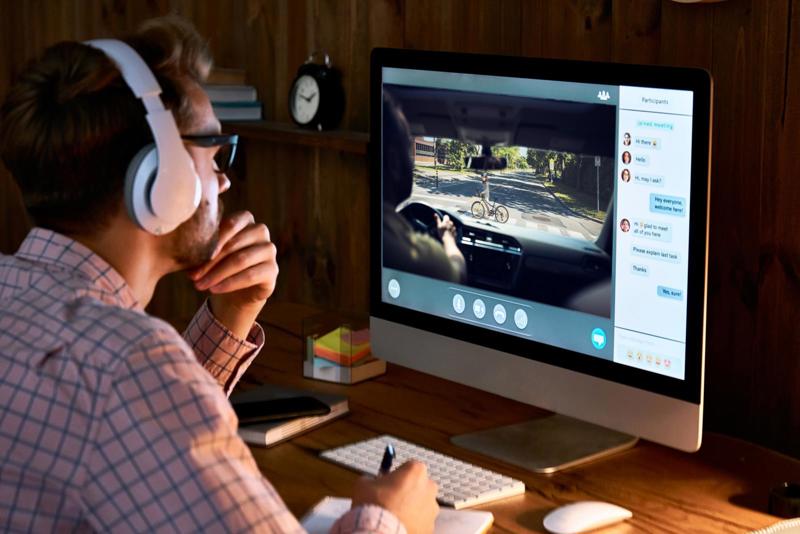
Having safe, compliant, informed drivers is not just about caring for the welfare of employees, it also reflects company culture and reputation management.
Even if they are not in branded vehicles, drivers are still representing their employer. Therefore ensuring they drive responsibly is essential.
As a result, making road safety and driver training the priority induction process for new employees – before they are even given the vehicle’s keys – shows that the company cares about the individuals who are working for them.
It also conveys the early message that corporate best practice embraces company policy, compliance requirements and high standards of driving.
“We have a strong focus on new starters because this is the most effective time to influence behaviour behind the wheel,” says Greg Ford, head of corporate at Red Training.
“It is vital for a business to lay out unequivocally what it expects from employees when they are behind the wheel, both in terms of driving skill and, just as importantly, attitude.”
At Univar Solutions, for example, all drivers undergo an in-depth induction process which outlines all its policies and procedures, while drivers are buddied up with colleagues which allows the fleet team to assess and review their performance to ensure all instructions are understood.
If there were any doubt in the importance of regular skills updates, bear in mind that many people pass their test aged 17 and drive until they are 70 without having to renew their licence.
During that time the Highway Code will have been updated and republished many times, technology in cars and under the bonnet will have moved on apace, and drivers become older, but not necessarily wiser.
Driver assistance technology is increasingly common in vehicles, including automatic emergency braking, intelligent speed assistance and lane assist, but individuals may not understand how these systems work, and these can be highlighted and explained online.
“If employers are supporting drivers with effective communication, and transparent policies and procedures, typically they see reduced collisions. But you have to bring drivers with you on that,” says Andy Wheeler, training product manager for TTC.
This should be part of a comprehensive driver training strategy to ensure safety and compliance, to improve efficiency and reduce costs.
Risk assessments
Each new starter can be assessed for risk – what, where and when they will be driving – allowing an organisation to write a plan for each driver.
Proactivity is key because being reactive suggests there has already been a problem – speeding fine, a phone call from a member of the public or an alert caused by telematics information.
“This is especially critical for roles involving specialist vehicles or operating under stringent regulations like FORS or DVSA standards,” says Nick Butler, director of DriveTech.
Part of the plan should be a regular skills refreshment programme, whether that is every two or three years, or even every year.
After the initial training, it is important to maintain a drip feed of reminders and skills refreshers so drivers remain engaged and up to date, and to keep bad habits at bay.
To that end, “it takes several weeks to break a habit so we keep nudging – small, sharp, timely reminders”, says Wheeler.
“Our videos are short; they last just less than two minutes and could be about driver fatigue, getting your eyes tested regularly, or alcohol and how long it takes the body to eliminate it.”
Driver training companies have platforms that are repositories of company and driver information, ranging from the results of driving licence checks, penalty points and vehicle category permissions, to length and types of training.
Instructional videos are part of this, and drivers and employers have 24/7 access.
Data and management information captured from telematics are also stored here, ensuring a comprehensive picture and allowing employers to manage road risk effectively.
However, having access to huge amounts of information about drivers is worse than useless if organisations do not act on it, and not addressing a definable problem leaves drivers and their employers vulnerable – emotionally, physically and legally.
Where driver training used to take place over a day, now companies cannot afford to lose people for that long, so it tends to be a half-day.
Choice of training methods
This has also led to a greater choice of training methods. E-learning is quick, efficient and flexible; it allows drivers to learn when it suits them and gives them tests to ensure information has sunk in.
Training tailored to each employee can also be kept online, with access available only to that individual, and their employer can see when or whether they have used it.
This includes modules created to address a specific problem, deployable as required.
“Prevention is miles better than cure. And it makes a critical difference if such a programme is supported from the top of the organisation,” says Ford.
Online is not the only option, however, and classroom and in-cab also play a vital role. Interactive sessions inspire greater engagement and therefore enquiry, eliciting further information and allowing trainers to deal with tricky issues.
Classroom is particularly useful if there is a number of drivers with the same problem and is effective in implementing changes in behaviour; a trainer can firmly challenge drivers’ beliefs to get them to reflect on the consequences of making bad decisions.
DriveTech is pushing the boundaries in this area. “We are developing a range of virtual reality courses which provide an immersive and engaging approach to training,” says Butler.
On-road training takes longer, but for bad habits it is a must and means trainers can give real-time feedback to drivers; it also allows drivers to put instruction into practice immediately.
In addition, professionals can be briefed about a problem, so they can build it into the training.
Share safety policies
From day one, it is essential to “share policies enthusiastically and widely in the business and offer a blended range of training content in different formats to appeal to even the most cynical, time-poor and self-proclaimed ‘best drivers’ who don’t think there is anything they can learn about driving”, says Ford.
There may be resistance to training, but if employers promote to drivers that they value their safety and will therefore give them a driving course, the narrative becomes a positive one.
This can all be backed by emails that can help keep drivers up to date about technology coming into the vehicle and changes in Iegislation, for example, but classroom is better for dispelling myths such as how often electric vehicles need to be charged, and attaching that to the idea that for a driver to stop for a break to charge the vehicle halfway through the day might be a good thing.
“Ideally, you would have a combination of online, classroom and in-cab, and use the online to create a funnel,” says Jason Kaye, national account manager for IAM RoadSmart.
“All drivers start with a licence check and risk assessment, and that information tells you the percentage that is high risk.
“From there you can choose: with lower risk, some classroom training – education and information to help them be safer – and put forward the higher risk individuals for on-road training.”
A holistic approach is best and choose your trainer with care, to ensure not just proven expertise but a cultural fit to ensure drivers buy into the programme.
By Catherine Chetwynd
Safety continues to be among the top priorities for a fleet decision-maker, but it can be a complicated and time-consuming subject to navigate.
Our new Fleet Safety Report aims to simplify this with a focus on a number of key issues, beginning with the reasons – such as moral, legal, operational and financial – why it should be taken seriously.
Employing case studies and industry experts, we also look at how an organisation can ensure its drivers are given the necessary skills to reduce incidents through a robust training strategy, the use of telematics and in-cab cameras to monitor and reduce risk, and how a fleet manager can win buy-in from drivers for new initiatives.
Other topics we investigate are post-collision strategies - what a fleet manager and driver should do after an incident to minimise the likelihood of a similar crash happening again, as well as how to reduce costs and vehicle downtime – and national initiatives which will have a future impact on collision rates.
This includes measures as simple as not referring to crashes as ‘accidents’, as well as the expected publication of a national road safety strategy in the spring.
The report, sponsored by Kwik Fit and Europcar, also features a case study of how a serious road collision led to an engineering company introducing new technologies to improve fleet safety.
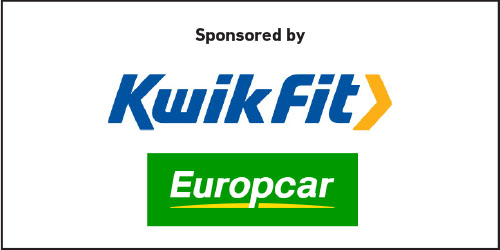



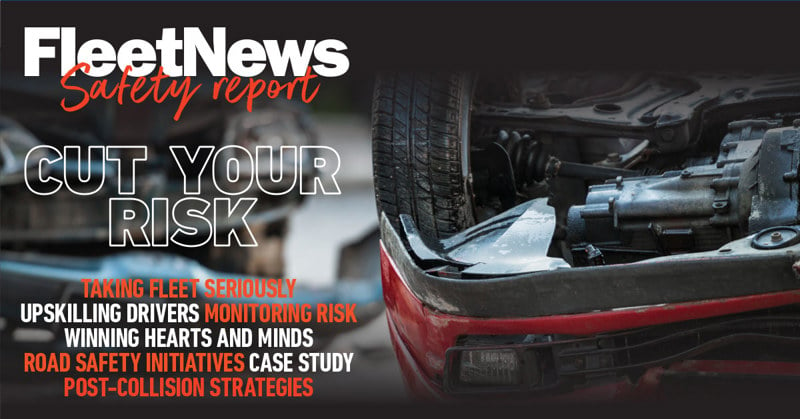
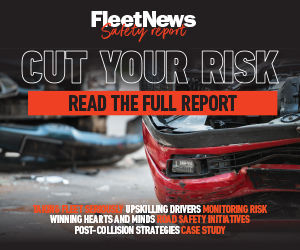









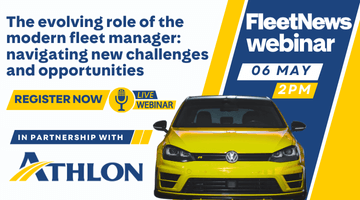



Login to comment
Comments
No comments have been made yet.